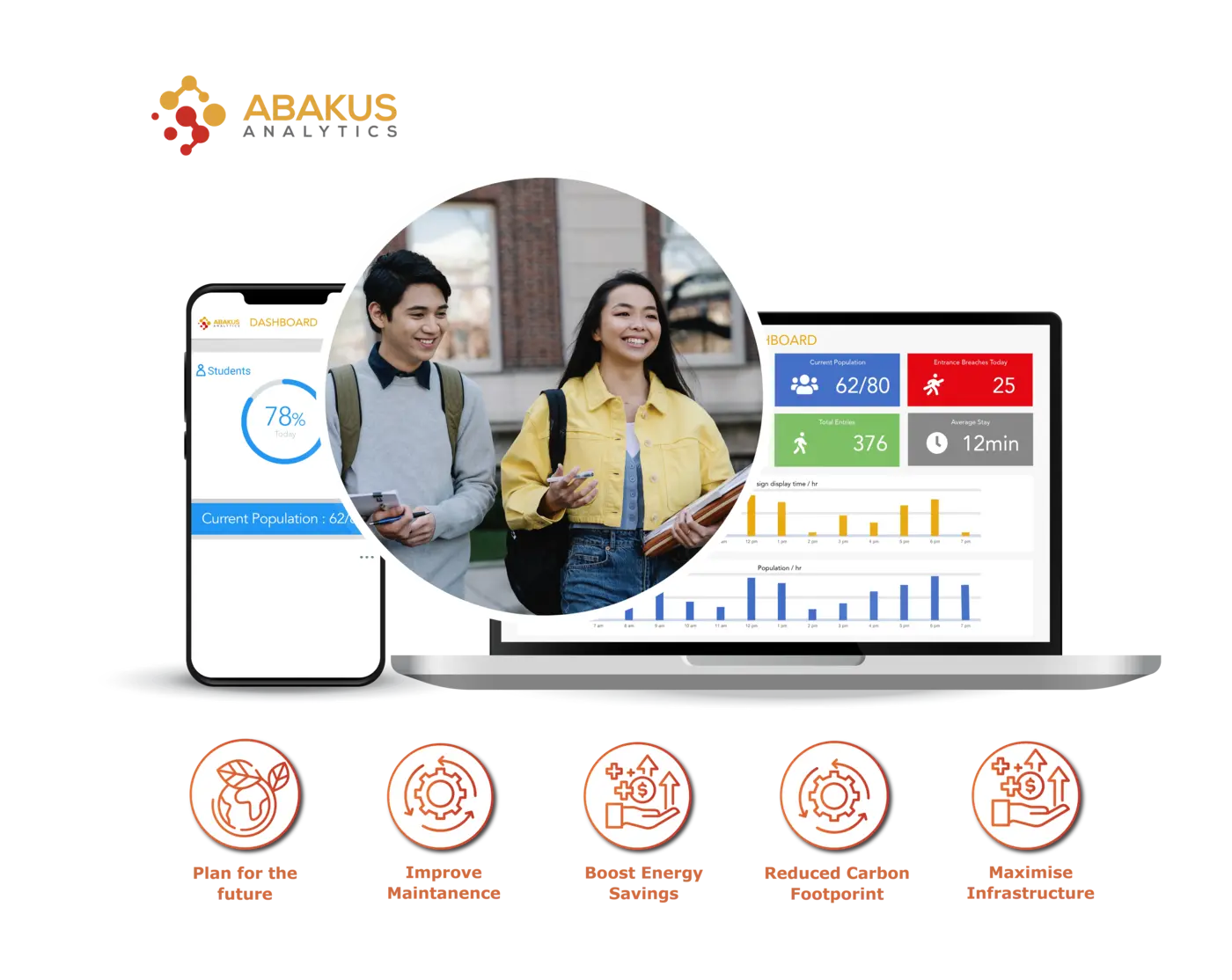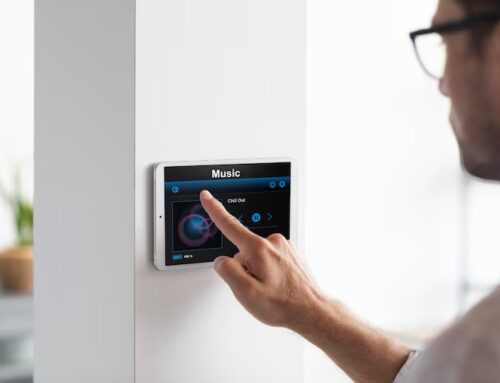
5 Ways People Counting Technology Enhances Universities
From COVID-19, budget cuts, post-lockdown recovery, rising inflation, and the push for online lectures and classes, universities today face more challenges than ever before.
Managers are not only tasked with reshaping and reinvigorating the student experience but also with improving efficiency and reducing energy consumption to keep rising energy costs down.
With the pressure for Australian universities to create comfortable and accommodating facilities for students amidst budget cuts and increased costs, acquiring accurate data on the workings of students and their facilities is actually a major key to their success.
People counting technology unlocks the solutions to many challenges that university management might face. People counting technology provides valuable data on the utilisation of spaces and allows for more significant management of energy consumption, lowering energy costs, improving the carbon footprint, assisting to optimise cleaning schedules and much more.
People counting solutions let management enhance the student experience and all spaces they dwell in, not only in the classrooms but also in the libraries, canteens, stores, lecture theatres and bathroom facilities.
To delve into this in a little more detail, we’ve written 5 key advantages that people counting technology brings to universities when facing the challenges of today.

1. Maximised Infrastructure for Optimal Use
People counting technology provides visualisation of the direction, density and flow of students. By determining the patterns of students, management can identify the most valuable spaces with the highest levels of foot traffic.
With this knowledge, management can compare online vs. physical presence to focus on further enhancing those spaces with more airflow and resources like chairs and desks.
For rooms with little-to-no traffic, management can redevelop the layout to make it more streamlined and accommodating to students, ensuring that no space is being heated or cooled without occupants in it.
2. Boosted Energy Savings
By directly connecting the Building Management System (BMS) with the people counting data, facility managers can drive considerable energy savings. For those rooms with minimal density, the sensor technology can alert operators that the HVAC (Heating, Ventilation & Air-conditioning) and lighting can be reduced, stopped or redirected to a space that is being adequately utilised.
Driving the amount of fresh air based on a room’s population will ensure a healthy, productive environment whilst saving energy by reducing fan speeds when the population is lower – note a 20% reduction in fan speed can equate to a 40% reduction in energy.
3. Simplified and Solidified Maintenance
The increased energy savings and improvement of the management environment can also lead to a reduction in the maintenance costs of facilities infrastructure such as Air Handling Units (AHU). The regulation of HVAC usage will prevent the build-up of bacteria and mould within the AHU and will limit the need for repairs during inspections.
People counting sensors can also alert operators of the maximum number of toilet facility usage for optimal cleaning schedules. The technology can provide real-time alerts so the facilities are constantly and properly cleaned and maintained for the health of the campus community.
By regulating the cleaning schedule to the number of users, university managers can also save significant costs in overhead cleaning fees.
4. Improved Future Planning
People counting technology offers a roadmap for improved future planning through insight and visualisation. It allows management to optimise space by reducing the number of booked but unused rooms, identify missed classes, detect after-hours squatters, and shift lectures to appropriate-sized rooms based on attendance data.
People counting technology enhances future planning by matching people counting data with asset management life cycle data. Management can determine if constantly inhabited rooms shorten the lifecycle management of the IT infrastructure of the room and if the rooms have better attendance based on the room’s IT infrastructure.
This important wealth of data drives insight into where to allocate and manage spending for improved future planning.
5. Reduced Carbon Footprint
It’s important for students to know that their university is playing its part in reducing its greenhouse gas emissions.
In line with the global efforts to reach net zero by 2050, people counting technology will reduce the university’s carbon footprint by identifying where energy usage can be redirected or reduced, allowing management to save significant amounts of carbon emissions each year. Widening the temperature ‘dead band’ on the HVAC system when rooms are not utilised and dropping in numbers also improves the environment without compromising the potential for energy savings.
Why choose Abakus Analytics?
With over 30 years of experience, Abakus Analytics are renowned people counting experts. We make understanding people counting technology easy, providing a lucid and holistic approach to your business’s unique needs.
There are no secrets, and there’s no fuss. Our technology, with accurate reporting capabilities, can be tailored to any retail, commercial or public space. Our data analytics will empower you to give students and staff the ultimate university experience that they’ve missed during lockdown.
We oversee every step of the operation, ensuring you are not left in the dark. Once our solution is providing insight into your customer’s needs, we continue to provide support, making sure our technology is working to its highest efficiency. If you want to better understand your space and the people who use it, contact us here today.






